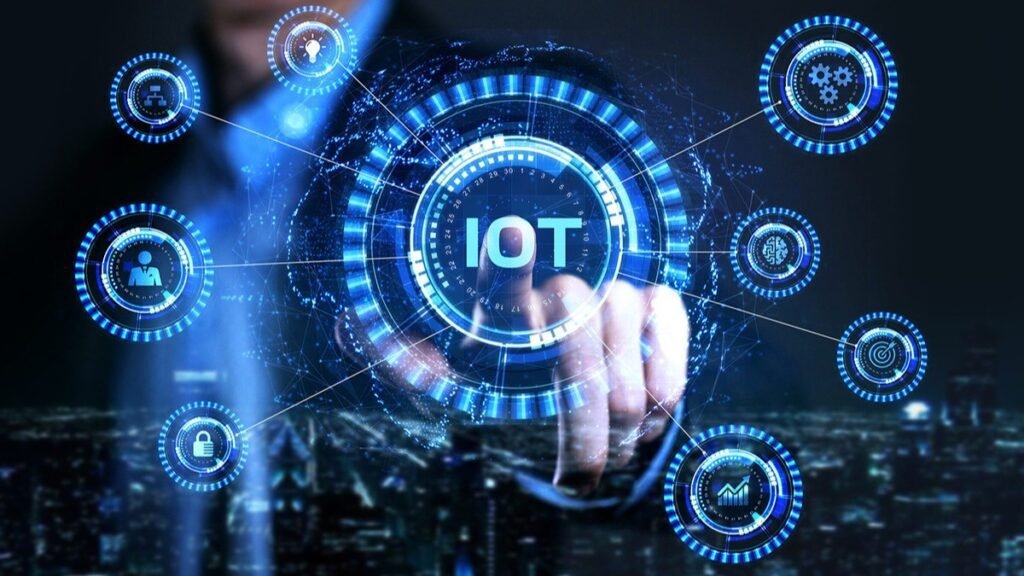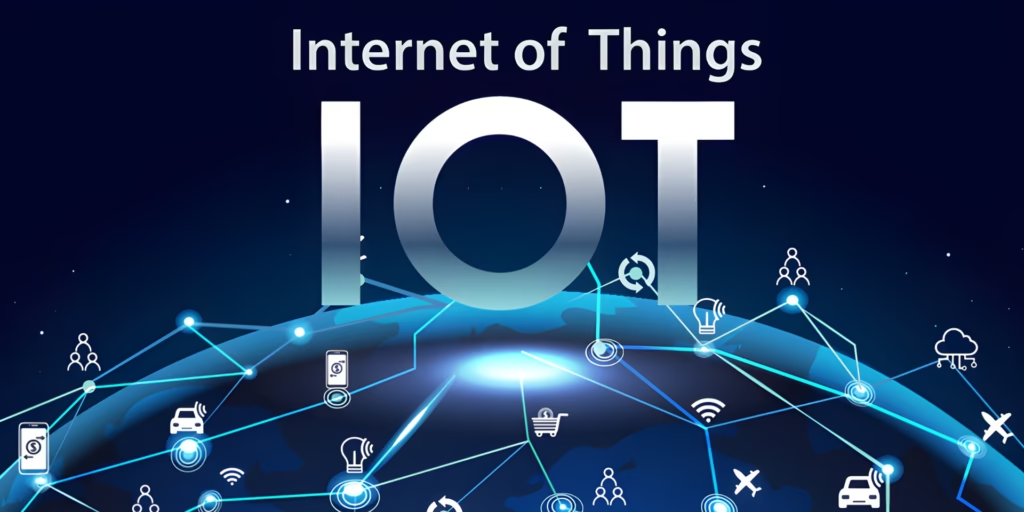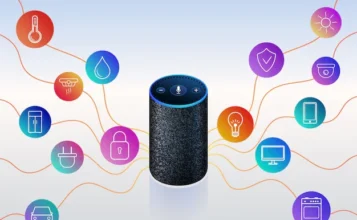The Internet of Things (IoT): Transforming the Way We Live and Work
The Internet of Things (IoT) is more than just a buzzword—it’s a technological revolution that’s reshaping our world. From smart homes to intelligent industrial systems, IoT is bridging the gap between the physical and digital realms. But what exactly is IoT, and why is it so transformative? Let’s dive in.
What Is IoT?
IoT refers to a network of interconnected devices that communicate and share data over the internet. These devices, equipped with sensors, software, and connectivity, range from everyday household items like thermostats and refrigerators to industrial machinery and city infrastructure.
The defining feature of IoT is its ability to collect, process, and act on data autonomously, enabling smarter decision-making and automation.
Key Components of IoT
- Sensors and Devices
IoT devices use sensors to gather data such as temperature, motion, humidity, and more. This data forms the foundation for smart functionality.
- Connectivity
IoT devices communicate using various technologies like Wi-Fi, Bluetooth, cellular networks, and emerging protocols like LoRaWAN for low-power, wide-area communication.
- Data Processing
Once data is collected, it’s processed in real-time, often with the help of cloud computing or edge computing technologies.
- User Interface
IoT solutions often provide users with apps or dashboards to monitor, control, and optimize device performance. 
Applications of IoT
- Smart Homes
IoT has revolutionized home automation. Devices like smart thermostats, security cameras, and voice assistants (e.g., Amazon Alexa, Google Nest) provide convenience, energy efficiency, and enhanced security.
- Healthcare
Wearable devices like fitness trackers and smartwatches monitor health metrics, alerting users or medical professionals in case of anomalies. Advanced IoT solutions even assist in remote surgeries and patient monitoring.
- Industrial IoT (IIoT)
Industries leverage IoT for predictive maintenance, supply chain management, and enhanced productivity. By monitoring machinery in real-time, businesses can reduce downtime and save costs.
- Smart Cities
IoT is at the core of smart cities, optimizing traffic management, waste collection, energy distribution, and public safety systems.
- Agriculture
IoT-enabled devices monitor soil moisture, weather conditions, and crop health, allowing farmers to optimize resource use and boost yields.
Challenges of IoT
- Security and Privacy
With billions of connected devices, IoT introduces vulnerabilities that hackers could exploit. Ensuring data privacy and robust security is crucial.
- Interoperability
Different devices and platforms need to work seamlessly together, which remains a significant hurdle.
- Data Overload
Managing and analyzing the enormous volumes of data generated by IoT systems can be overwhelming without advanced analytics and infrastructure. 
The Future of IoT
The IoT market is expected to grow exponentially, integrating with technologies like artificial intelligence (AI), 5G, and blockchain to deliver even more sophisticated solutions. From autonomous vehicles to intelligent energy grids, IoT will continue to redefine innovation in almost every industry.
Conclusion
The Internet of Things is not just about connecting devices—it’s about enhancing lives, improving efficiency, and enabling a more sustainable future. As IoT continues to evolve, its impact will only grow, making it one of the defining technologies of our time.
Whether you’re a tech enthusiast, a business owner, or simply a curious learner, understanding IoT is key to staying ahead in this connected world. Click Here!


